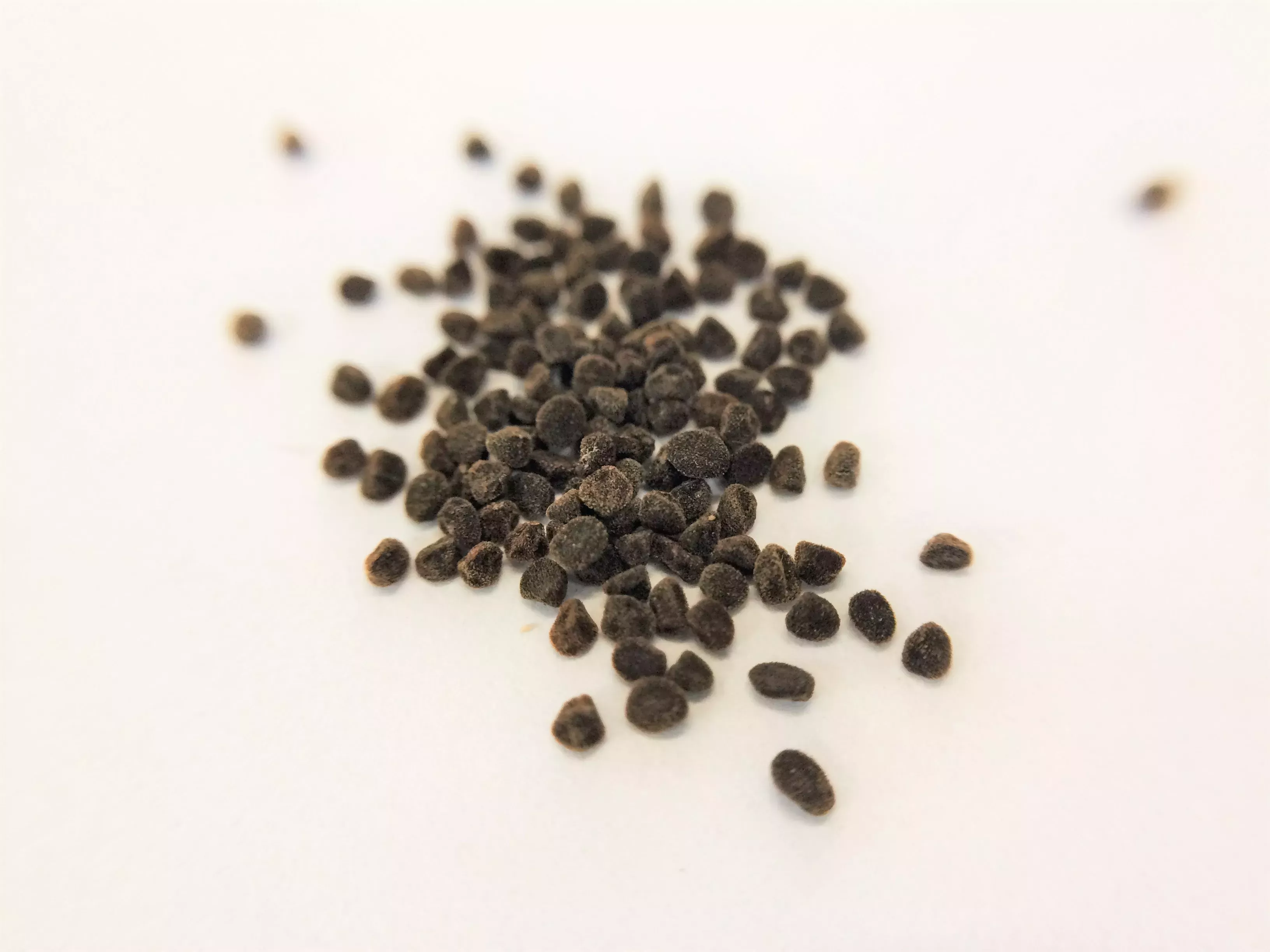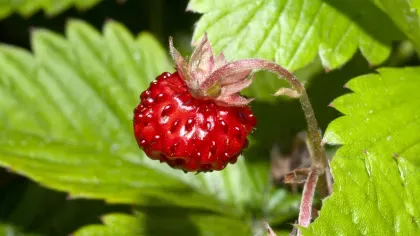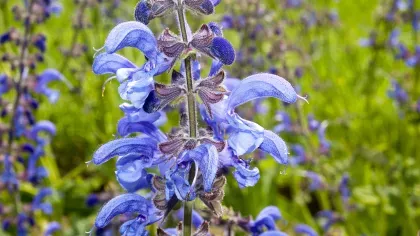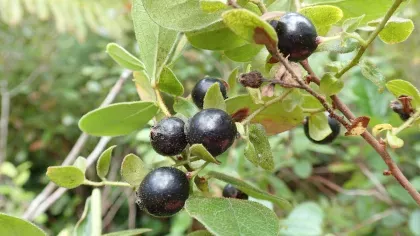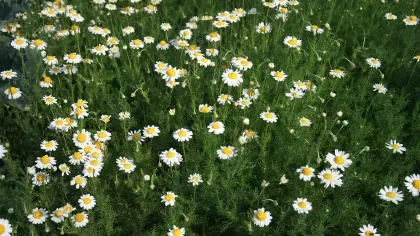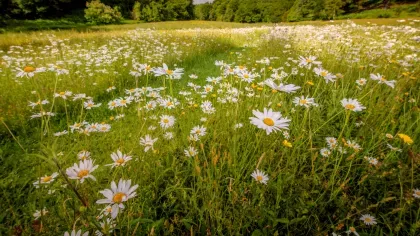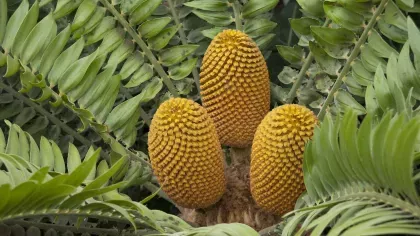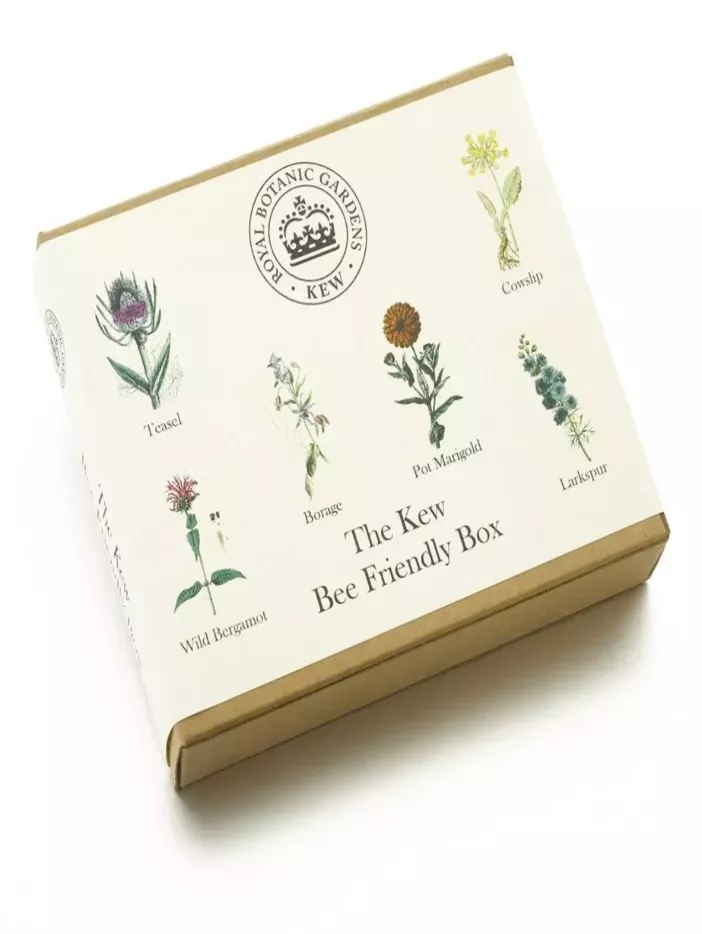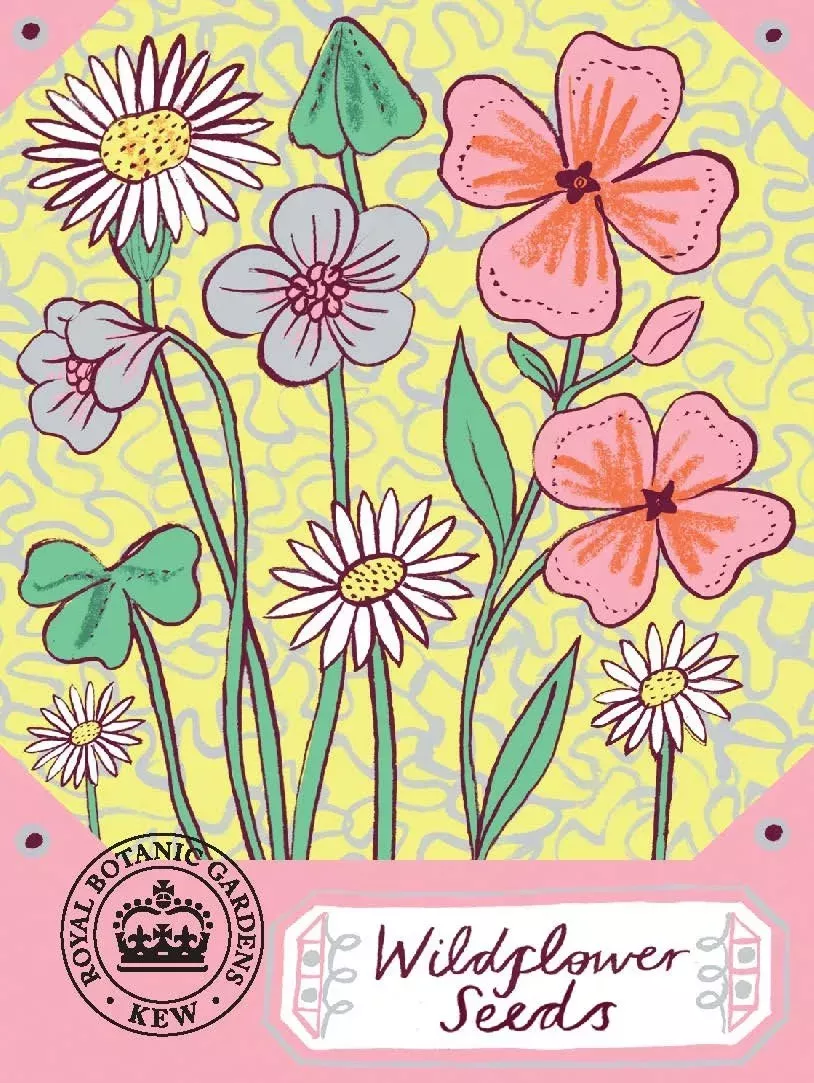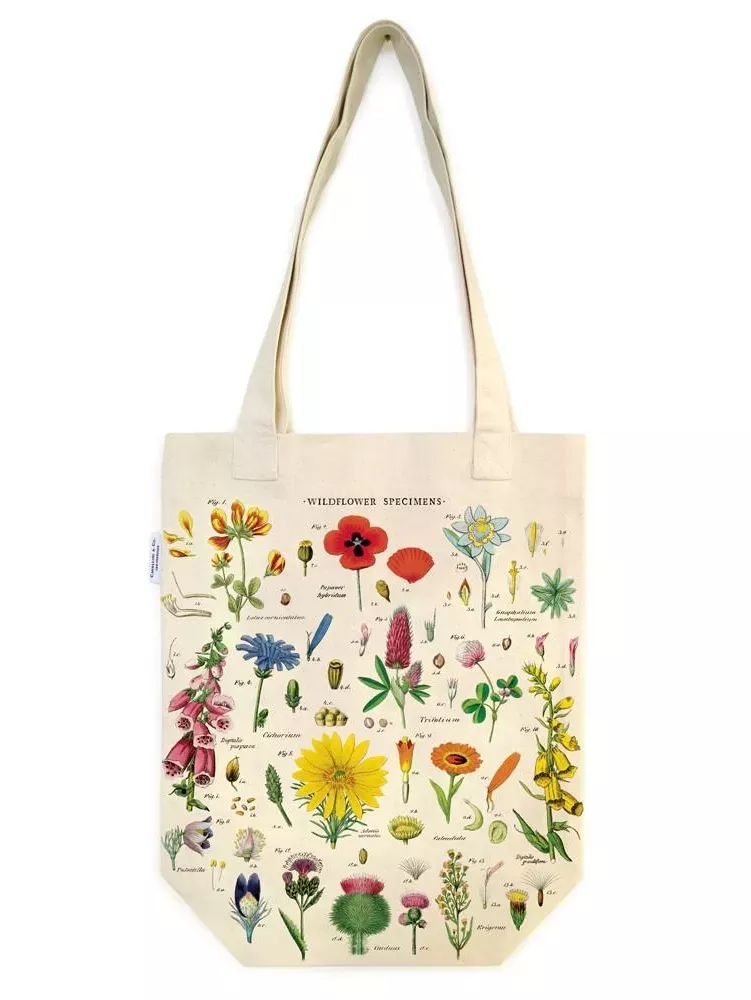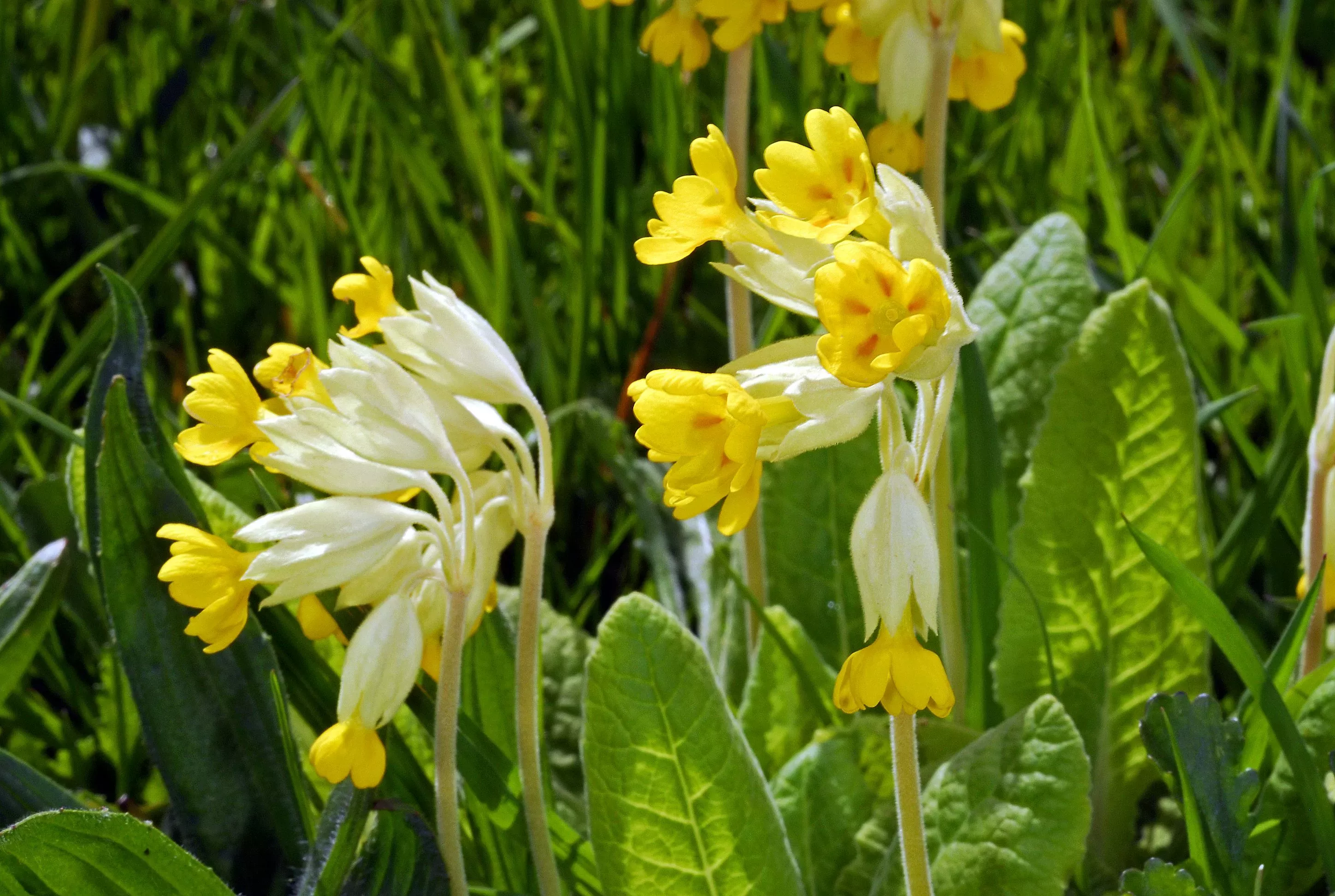
Cowslip
Clusters of nodding cowslip flowers are a sight to behold in British springtime.
When wandering through grassland, they flood your senses with swathes of yellow flowers and a scent reminiscent of apricots.
British populations of these beautiful wildflowers have declined due to changing agricultural practices which have threatened their grassland habitats.
Our Millennium Seed Bank is helping to protect the cowslip and the rare butterflies that depend on it.
Plant description
Cowslip has a basal rosette of leaves and deep yellow flowers on an erect stem.
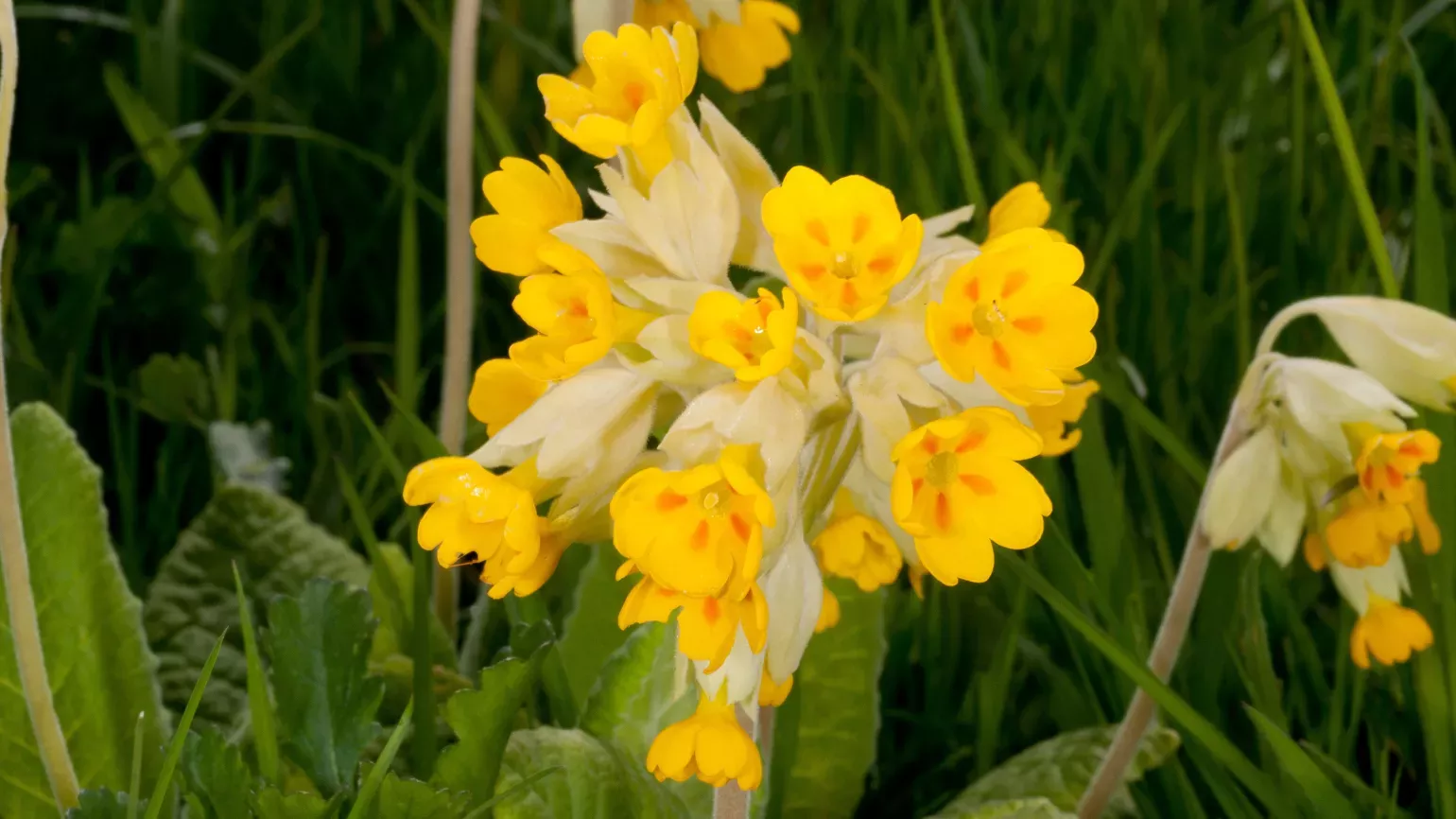
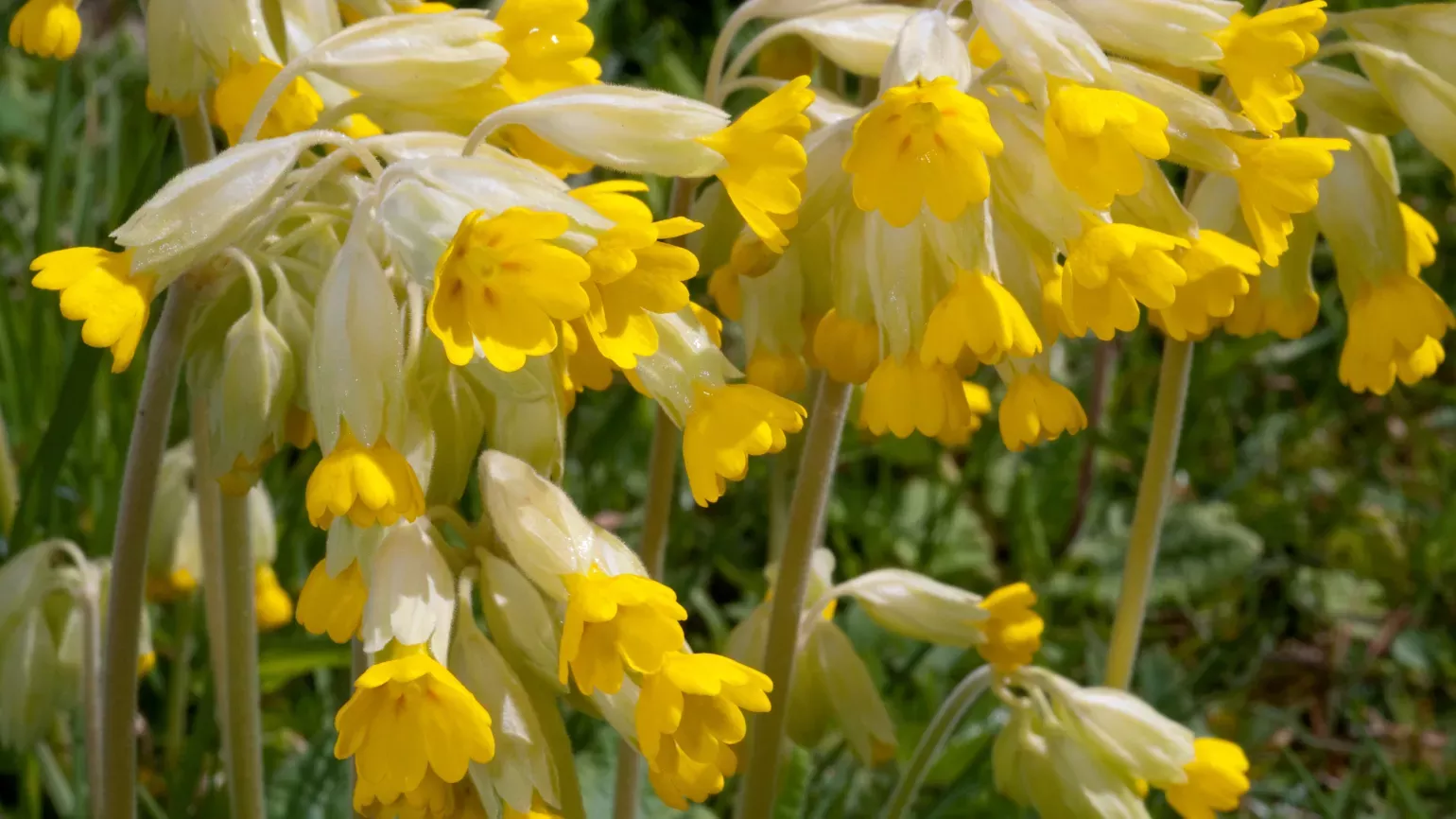
Plant uses
Food and drink
In traditional Spanish cooking, cowslip leaves are used as a salad green.
Its flowers have also been used in England to flavour wine and vinegars.
Health
Traditionally cowslip leaves and flowers were used for skin problems.
It was also a remedy for depression and has sedative properties.
Historically, it was recommended for people suffering from paralysis.
Where in the world?
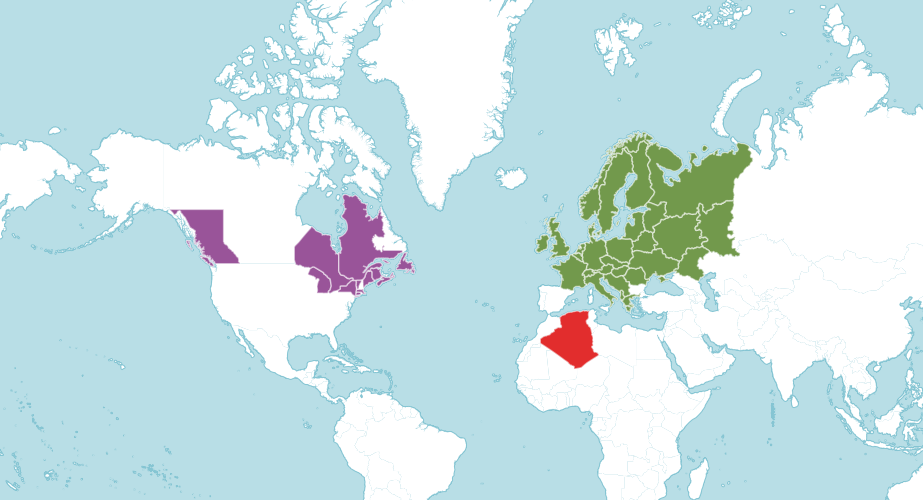
Herb-rich grassland with well-drained, nutrient-poor soils containing chalk or limestone.
Our work
Throughout the 1970s and 1980s in Britain, cowslip numbers suffered a decline because of changing agricultural practices.
Declines in wildflower populations have knock-on effects throughout entire ecosystems as the insects they support dwindle and so do the animals further up the food chain.
Our Millennium Seed Bank’s UK Native Seed Hub assisted a project in the Sussex Downs aimed at protecting the rare Duke of Burgundy butterfly, which relies on the cowslip as a larval food plant.
The project helped to create more habitat for this butterfly to breed. We trained volunteers in seed collection and propagation of cowslip plants to increase populations on suitable chalk grassland slopes.
We also have 16 collections of seeds from cowslip populations across the UK stored in our Millennium Seed Bank.
Altogether, this vital work helps to support plant conservation, maintain healthy ecosystems and restore damaged habitats.
